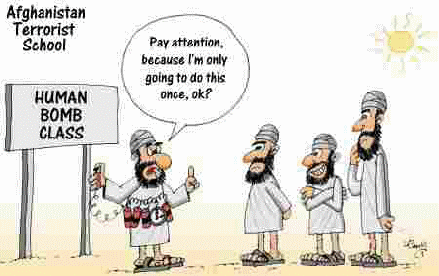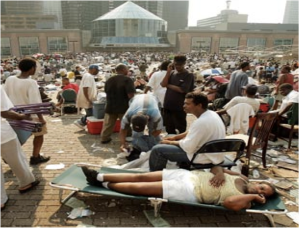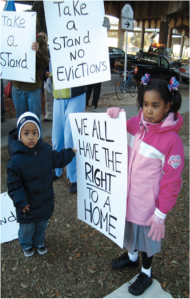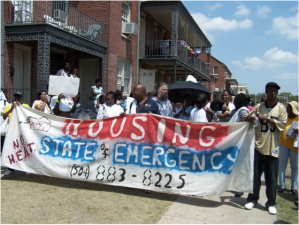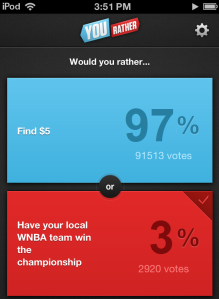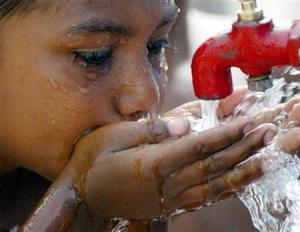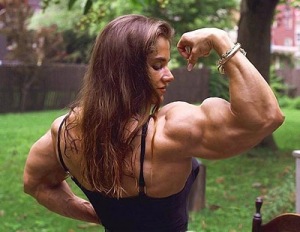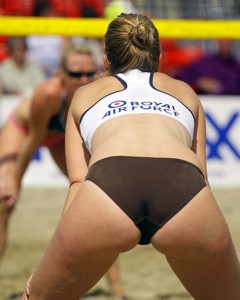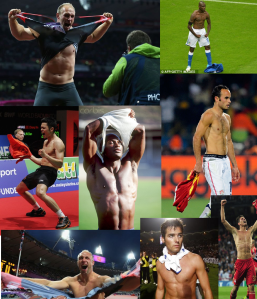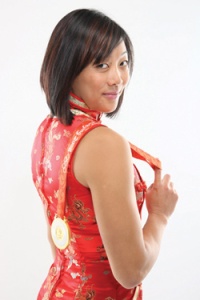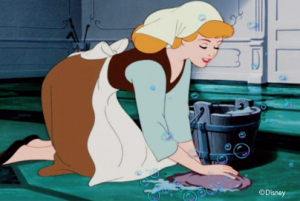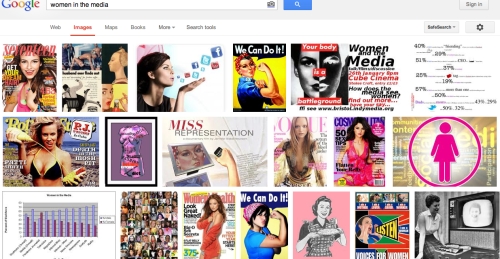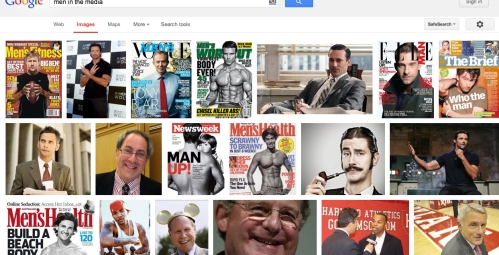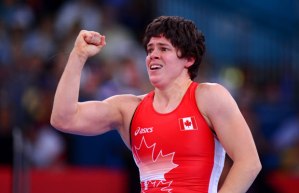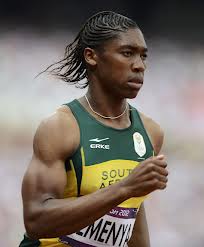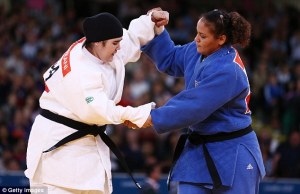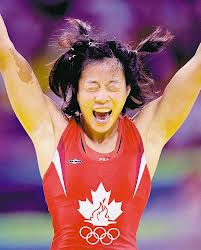Trigger warning: Profane language + Descriptions and extensive discussion regarding abuse and violence
Finding a non-violent movie is an incredibly difficult task. The top five box office hits of 2012 all contained parental advisories for violence, gore, and frightening/intense scenes. This cultural obsession isn’t new – four of the top five films 50 years ago contained the same warnings (according to IMDb). It seems we are obsessed with violence and it isn’t confined to the media we consume. The number of deaths attributed to violence was 1.6 million people worldwide in 2000. However, closer analysis reveals that individuals aren’t at equal risk. Violence is more likely to occur to individuals with poor socioeconomic status and women are at greater risk than men (regardless of income level) (Aulette and Wittner, 2012, p. 258). The prevalence of suicide, homicide, warfare, and abuse varies according to cultural and religious influences. Individuals who have witnessed or suffered abuse in the past are more likely to propagate violence.
Violence is a leading cause of death in young- to middle-aged adults worldwide, yet conventional explanations fail to provide adequate reasoning for violent behaviour (Aulette and Wittner, 2012, p. 259). For example, the psychological approach explains violence by focusing on the mental state of the abuser, such as emotional needs to exert power, inability to connect with others, or past experiences with abuse. However, this information is based on samples of predominantly low and middle class racial minorities who are more likely to be charged and prosecuted for their crimes. Furthermore, it often disregards the social contexts and complex personal histories that influence behavior. Lastly, it does not explain why violence is predominantly a male activity; women who are abused or cannot relate to others resort to violence far less frequently than their male counterparts (Aulette and Wittner, 2012, p. 272). The best way to view acts of violence might be as products of strained and asymmetrical power relationships. Power inequality creates positions of dominance and submission. These roles are maintained by oppressing others, often through violence (Aulette and Wittner, 2012, p. 273). This helps to explain why domestic abuse can occur in same-sex relationships and why people in low socioeconomic classes often face more violence.
Viewing violence as an imbalance of power also helps to explain the gendered differences in violence. Although Western society is progressing toward equal treatment of women and men, men still hold a disproportionate amount of power. This leads to distinct social roles for men and women and contributes to the social construction of gender. If we take this perspective and look at gender as the result of inequality (as opposed to the cause of inequality), it is more apparent why men might resort to violence to preserve their dominant position (Aulette and Wittner, 2012, p. 273).
The gendered differences in violence permeate our everyday interactions. Young boys are encouraged to affirm masculinity through violent sports like football and hockey. Conversely, girls are directed toward less confrontational activities like dance or cheerleading. Banter is sexualized and mockery like “you suck”, “blow me”, or “fuck you” perpetuates the connection between submission and women (Aulette and Wittner, 2012, p. 268). Other social circumstances can also be seen to exacerbate the harm violence can cause within society. Lower class citizens have financial complications and require inexpensive lodging, affordable child care services, and employment to escape violence. Immigrants might require bilingual assistance or language training, and individuals with strong religious conviction may have special dietary needs or require specific living accommodations (Aulette and Wittner, 2012, p. 283).
The judicial system creates further social issues. Immigrants and other non-Anglophones do not always call the police fearing issues or concerns with their citizenship or immigration status. Those involved with gangs or living in areas with low socioeconomic status may fear labels such as “snitch” or “rat” that could put themselves directly in harm’s way (Aulette and Wittner, 2012, p. 283). Furthermore, money spent on prisons and police forces diverts money from shelters, safe-houses, child-care services, welfare, health care, and other services victims of violence need to escape (Aulette and Wittner, 2012, p. 284).
Correctional facilities are a particularly fruitful site for the study of violence and its relationship to our judicial system. Fluffykitty123 has already outlined many issues within the penal system. Men are more likely to be arrested and incarcerated and more likely to serve a sentence at the state or federal level. Women are less likely to be arrested or incarcerated, but this means fewer women’s prisons. This means women are more likely to be incarcerated far from home, making visitations difficult, and often have less (if any) access to libraries, medical care, work out facilities, and more (Aulette and Wittner, 2012, p. 374). Age also plays a role in the justice system. For example, girls are more likely to be arrested for activities that are legal for adults but illegal for minors, such as being out after curfew or drinking underage (Aulette and Wittner, 2012, p. 375).
To begin to fix society’s problem, we need to increase awareness about violence and educate individuals about the intricate issues violence creates. Recently, there has been a slow shift away from incarceration and towards rehabilitation. Programs like “Just Detention” and “HollaBack” are working to bring awareness to issues like sexual abuse in detention and street harassment. After school programs are helping to keep youth away from the streets and the violence they might otherwise be exposed to. Until citizens are prepared to mount a more comprehensive stand against violence– rather than merely acknowledging violence as an issue—violence will continue to propagate.
How aware are you of the violence you are exposed to every day? How does exposure to violence affect your views, beliefs, and behaviours? What type of biases or stereotypes do you see propagated in the media about violence and violent offenders? To challenge your awareness of these issues, critically analyze a media report or newscast regarding an incident of violence. What questions are being asked about the perpetrator? Are socially constructed identities such as race, gender, sexuality, culture, age, ability, or socioeconomic status discussed? Are these characteristics discussed if the offender is not part of a minority, such as if they are white, cisgender, heterosexual, or able? Are comments about the offender positive or negative? How are the victims described? Are victims blamed for the crimes committed against them, and is this blame (or lack thereof) justified?
References:
Aulette, J. R., Wittner, J. (2012). Gendered Worlds. New York: Oxford University Press.
(All other references are linked directly in blog post)

